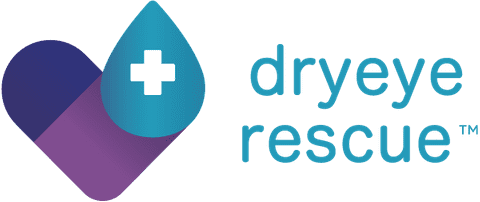
Dry eye is a condition where your body does not produce enough quality tears to nourish and moisturize your eye. Every time you blink, tears should spread across the front part of your eyes, called the cornea. By doing so, the tears provide moisture that washes away foreign objects in your eye and minimizes the risk of eye infection.
Additionally, the tears keep your eyes clear and smooth, enabling you to see clearly. Thus, if you are not producing enough tears, or if the tears you produce are of poor quality, you have dry eye disease.
Diagnosing Dry Eye
When checking for dry eye, your eye doctor may do the following tests.
A comprehensive or detailed eye exam. This test will check your general health history, as well as the history of your eye health. This will help your ophthalmologist determine what is causing your dry eyes.
An exam to assess the quality of your tears. Your ophthalmologist may use an eye drop that contains a special dye to check your cornea. Your eye doctor will be looking for stains on the cornea and observing how long your tears take to evaporate.
A test to check how many tears you produce. This exam measures the volume of your tears. Your ophthalmologist may use the phenol red thread exam or the Schirmer test to check your tear volume.
Testing your tear samples. Your eye doctor may take a sample of your tears to check for signs of dry eyes. The signs may include a high level of matrix metalloproteinase-9 (MMP-9) or a low level of lactoferrin in the tears of people with dry eye syndrome.
Studies show that dry eye is an inflammatory illness, and high levels of MMP-9 may cause swelling. Lactoferrin, on the other hand, helps minimize swelling and encourage cell growth. Thus, low levels of lactoferrin in tears may not help ease symptoms of dry eye disease.
Osmolarity test for dry eye. This exam measures how much water you have in your eyes. If you have dry eye disease, your eyes will have less water.
Treating Dry Eye
Treating dry eye disease aims to restore or preserve enough tears in your eyes to reduce dryness and maintain healthy eyes.
Omega 3 Supplements
Westchester Eye Care recommends PRN’s DE3 Dry Eye Omega Benefits® in treating patients with dry eyes. This high-end supplement that has recorded many successes in treating dry eyes is safe for adults in good health, and it generally has fewer side effects when you take the right dosage.
The supplement gives your body the essential nutrients necessary for producing naturally nourishing tears. You will need to take three small capsules of PRN’s DE3 Dry Eye Omega Benefits once a day to receive the right amount of nutrients in your body.
Dry Eye Management Plan
This may include the following treatments.
Medications to ease swelling.
Medicines to stimulate your tears.
Lubricating eye drops.
Medications to unclog congested oil glands.
Specialty contact lenses.
Eye inserts to help moisturize your eyes.
For more on diagnosing and treating dry eye, visit Westchester Eye Care Center at our office in Los Angeles, California. You can call (310) 670-1888 today to schedule an appointment.












